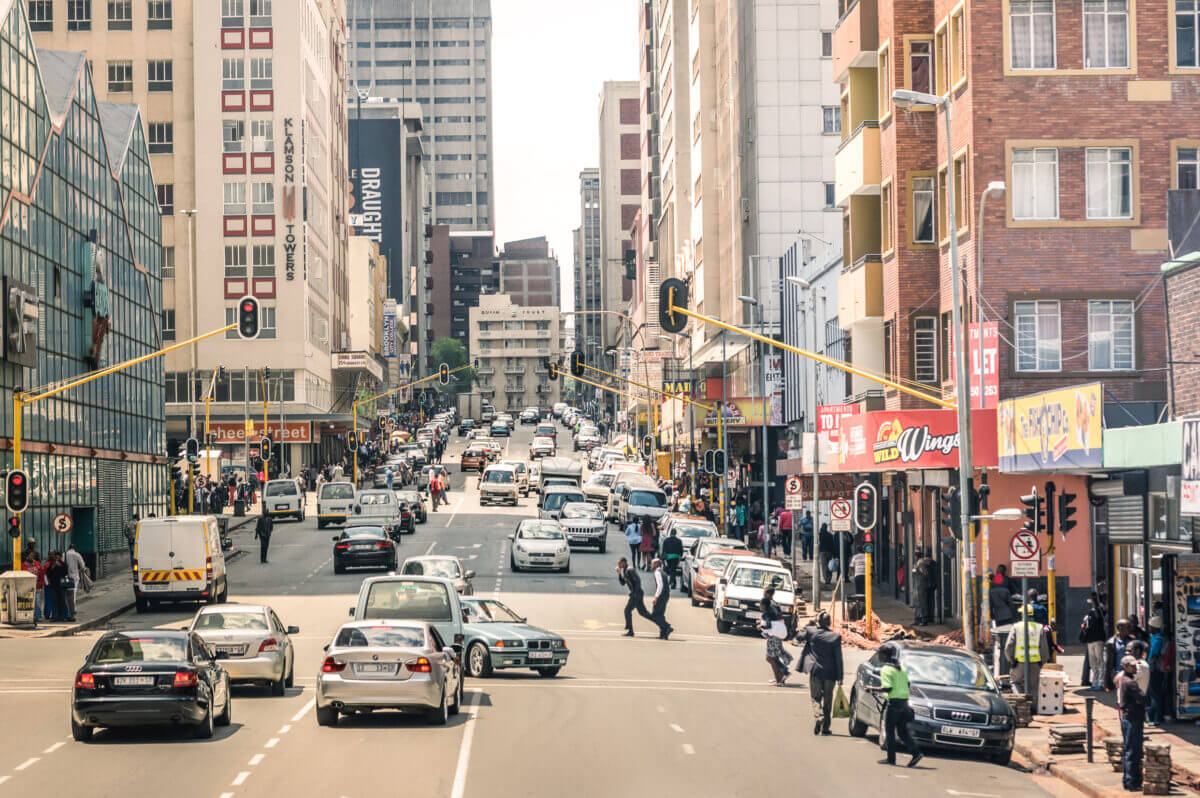
South Africans Back to Work, After Easing Lockdown Measures
Eight million South Africans prepare to get back to work starting June 1, after the government announced the easing of lockdown measures to level 3 alert level. The Significant shift, as referred to by President Cyril Ramaphosa, is part of the country’s plan in the fight against the COVID-19 pandemic.
“The implementation of alert level 3 from the beginning of June will involve the return to operation of most sectors of the economy. They will abide by strict observation of health protocols and social distancing rules.”
The reopening will cover all manufacturing, financial services, government services, professional and business services. As well as mining, construction, information technology, communications and media services. The informal economy as well as wholesale and retail will also be opened. This move will send 8 million out of the total 58 million South Africans back to work.
However, high-risk areas and public gatherings will stay in lockdown. While other areas identified as hotspots with over five infections per 100,000 people will have special measures implemented.
Government to Enforce Strict Health Protocols on Reopening Businesses
In his official announcement on Sunday, President Ramaphosa said that the government is currently finalizing several sector protocols. Businesses will have to implement such measures. An example is social distancing rules, to prevent the spread of the virus after reopening.
Hotspot and public gathering areas, the government will implement, supervised restriction downgrade procedures with special teams and interventions on standby. President Ramaphosa exclusively stated that the government will not hesitate to re-upgrade. They will reach level four or five alerts in case of a new spike in infections.
“Should it be necessary, any part of the country could return to alert levels 4 or 5. In the case that, the spread of infection is not contained despite our interventions and there is a risk of our health facilities being overwhelmed.”
The news, which has generally been well welcomed by South Africans, represents hope for the revival of South Africa’s economy. The country has been anticipating such a move for weeks since the government first released its reopening roadmap earlier in the month.
The reopening has been highly politicized, according to Political Analyst at NKC African Economics, Louw Ne. Nel said that the Democratic Alliance, as the official opposition, campaigned and pressured the government to reopen the country.
Risk of Higher Infection Rates Increase with Reopening
President Ramaphosa said that although the country is reopening, the risk of a new and bigger wave of infections is greater now. Specifically, with the reopening during the first outbreak in the country.
South Africa will most likely get worse before it gets better. Political pressure keeps rising. Nel noted that it is reaching an inevitably crucial stage in its fight against the coronavirus pandemic.
“The lockdown has given the health sector time to prepare for the inevitable surge in infections. The coming weeks and months will severely test the plans and contingency measures put in place.”
South Africa’s GDP to Contract By 5.8% in 2020
The impact of worldwide shutdowns as preventive measures plunged the global economy into a deeper recession than the great recession.
According to the International Monetary Fund, economic news from South Africa might be far from favourable for a while as it projects a 5.8% contraction due to the effects of the economic shutdown.
The South African Reserve Bank (SARB) however, projects a 6.1% contraction. In contrast to the 0.2% projection three weeks ago, before the country, had to extend lockdown measures by two weeks.
“The SARB had the ability to increase monetary stimulus. But the magnitude of the COVID-19 shock means there is little it can do to prevent an economic crash this year.”
So far South Africa has been the most affected African country by the coronavirus, with 23,615 confirmed cases and 481 deaths, according to data by Johns Hopkins University.




